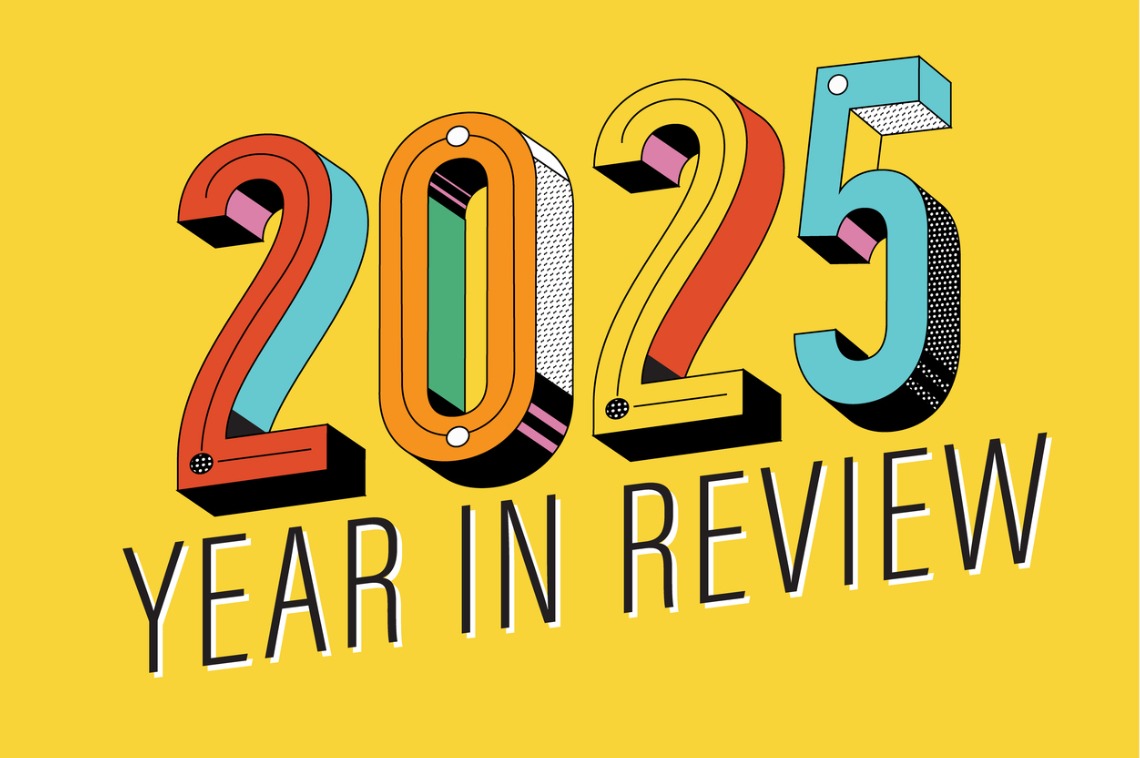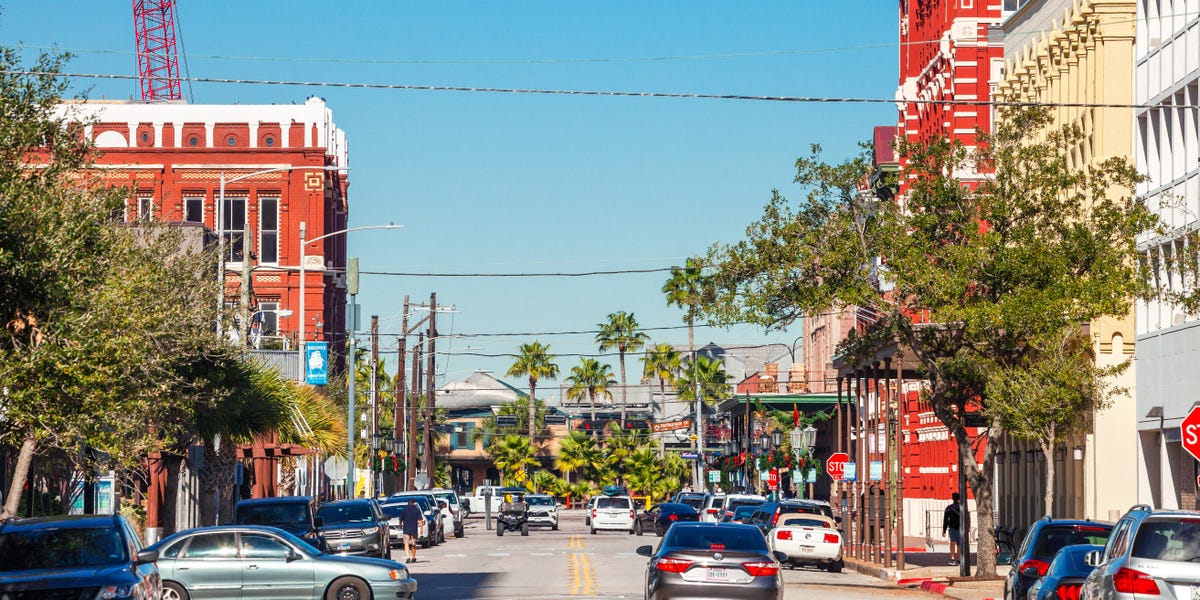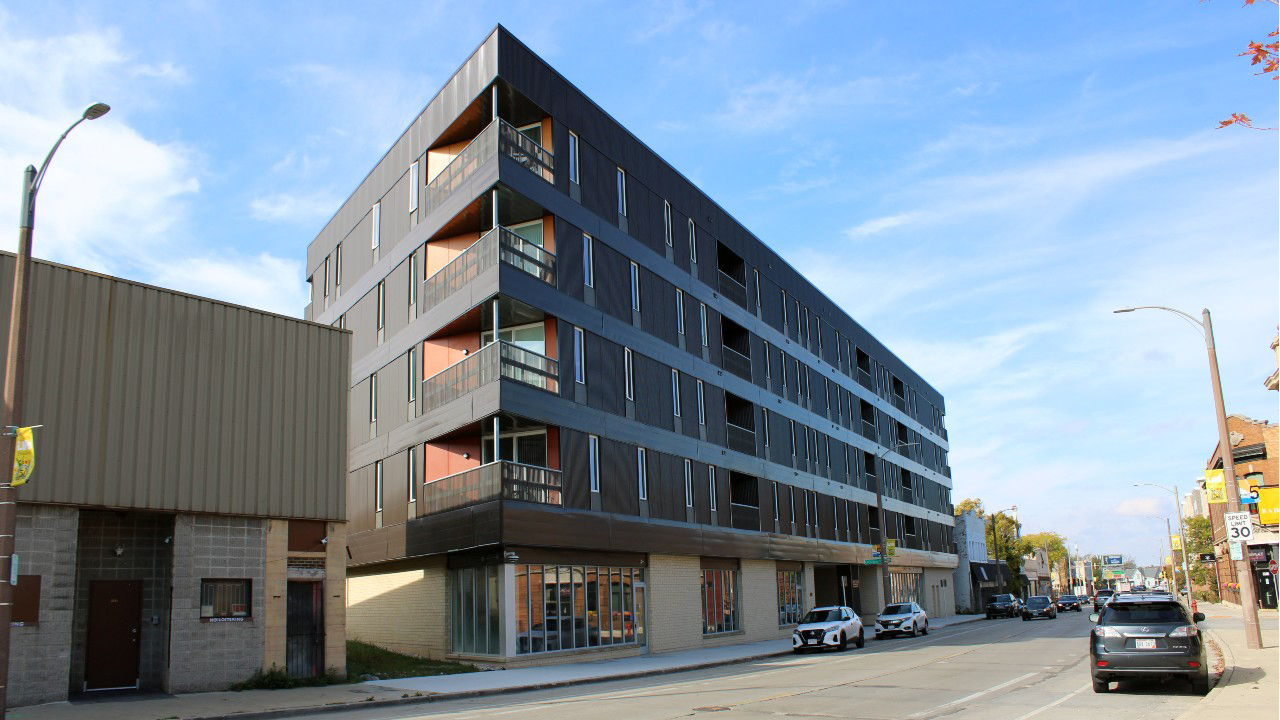H
urricanes cause significant disruptions to communities, properties, and economies through direct or indirect impacts. Translating these effects into credit risk and financial implications can be complex, but various tools and analyses enable lenders, investors, and developers to anticipate hurricane damage before a storm hits and adjust their long-term strategies accordingly.
Moody's recent report highlights how lenders can anticipate hurricane risks, measure damage, identify associated credit risks, and manage insurance costs and availability. The techniques cover multiple angles on a storm, including real-time exposure assessments, post-event damage estimates, and longer-term future exposure modeling.
Real-time event analytics inform stakeholder engagement and property-level risk mitigation action by showing which portfolio properties are exposed to potentially damaging levels of wind, storm surge, and precipitation. Post-event modeling estimating potential property-level damage informs detailed credit risk analysis to translate hurricane damage into impacts on a bank's loan portfolio.
Insurance industry loss estimates help inform how individual properties may face particularly tough insurance renewals due to storm damage. Assessing properties' likely exposure to damage from extreme events over the life of the loan by looking at potential loss on average and under different levels of extreme events informs insurance negotiations and portfolio strategy.
For lenders, conducting credit risk assessments post-storm is crucial, as damage to a building doesn't directly translate into credit risk in a commercial real estate portfolio. Instead, the credit risk presented by storm damage is influenced by many factors, including insurance coverage and loan quality.
Investors can directly inform on-site resilience measures both before and during a storm by leveraging climate risk screening and real-time analytics to manage portfolio risks and inform long-term strategy. They can also factor insurance into net operating income calculations, as higher insurance premiums have implications for their properties' NOI and revenue growth projections.
Developers can identify the business opportunity in resilient development by screening potential locations for exposure to climate hazards and designing communities that will be in high demand. They can examine different building structures through catastrophe models that estimate damage under different severities of extreme events, informing development that integrates effective resilient design elements.
As lenders, investors, and tenants grapple with surging insurance costs and concern over property damage, climate-resilient design will increasingly be in demand. Developers of above-code communities rely on innovative design techniques related to wind-resistance, energy resilience, and flood mitigation, while landscape architects with expertise in biofiltration and leveraging green space as flood defense are increasingly sought after.
The interconnections between storm damage, insurance costs, mortgage insurance requirements, and property NOI will drive participants throughout the commercial real estate value chain to measure and manage risks while seizing financial opportunity.














